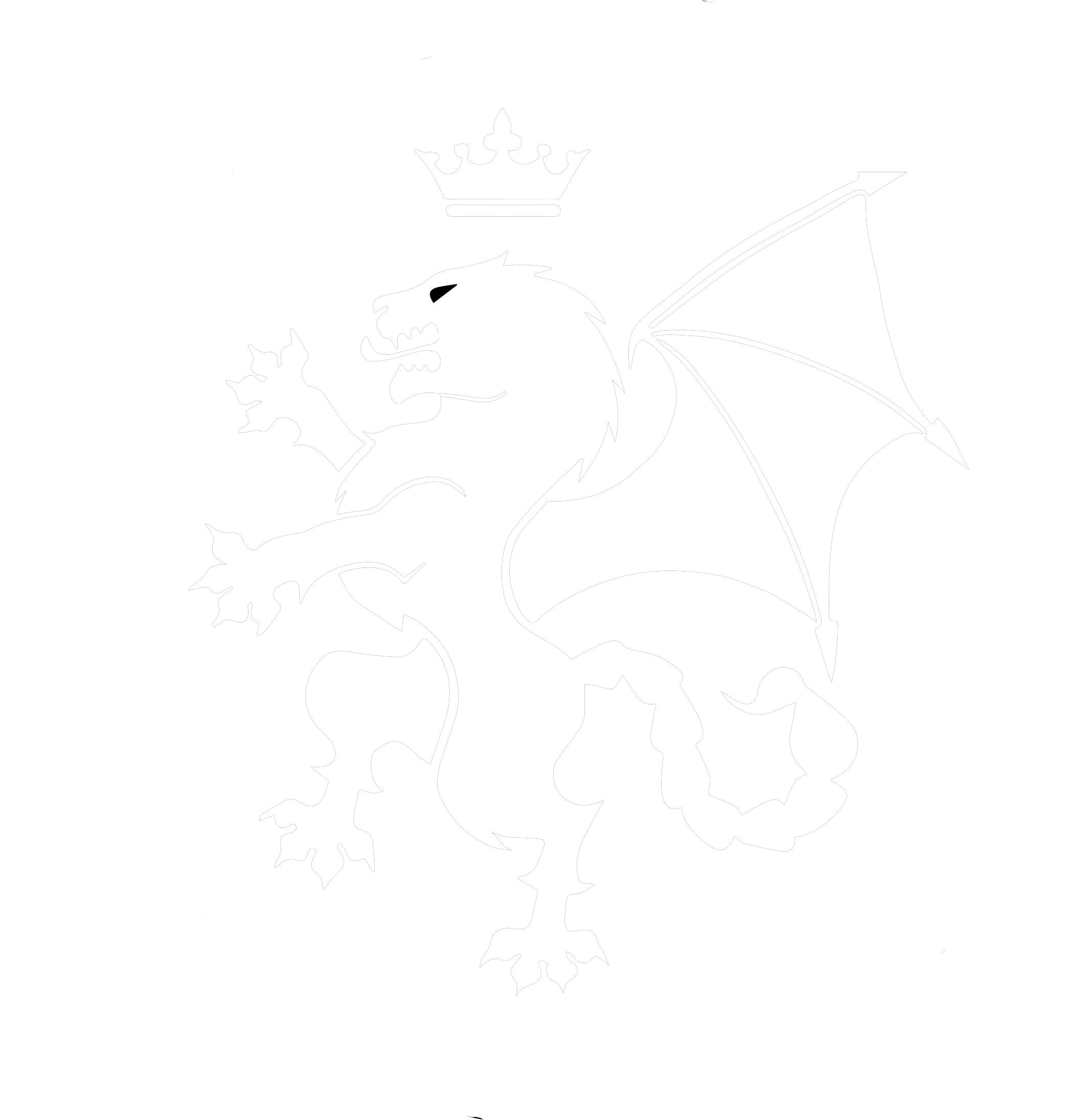Juleigh Howard-Hobson
Imbas (pronounced: im-bus) is an ancient Celtic term for inspiration. Different from normal inspiration, which creates art through the means of human ability, Imbas is the high inspiration that results in holy prophecy, sacred divination, and enlightened thought.
Perhaps coincidently (or perhaps not), the last two letters of Imbas, create the word ‘As’ — the rune of Odinic inspiration. Even more coincidently, it is said that one way to achieve Imbas (there are many ways) is done through standing on one leg with one eye closed, reminiscent of the Stádhagaldr (pronounced sta-deh-gall-derr), or runic stances performed by seekers to achieve Odinic enlightenment (particularly as Odin has only one eye). This, in turn, recalls the Yogic asanas (there is that ‘as’ again), another ancient positional system through which a state of divine enlightenment may also be attained.
Imbas, though, as a Celtic concept of enlightenment is just that, Celtic.
Three is a sacred Celtic number. Celtic history is rife with triads and triennials, spanning from the pre-Christian triskelion (triple spiral) to the post-Christian Holy Trinity. It is no surprise then that total Imbas (which includes the three gifts of prophecy, enlightenment, and divination) is obtained via the “Three Illuminations” of the Filidh (high poets). These three illuminations are known as Dichetal Do Chennaibh, Imbas Forosna, and Teinm Laegda.
Dichetal Do Chennaibh (referred to as ‘extempore incantation’ by St. Patrick) brings the state of Imbas through the mediums of sound and rhythm. With beating drums, repeated incantations to the gods and the ancestors, songs and sometimes dancing, Dichetal Do Chennaibh brings about a trance-like state in which divine communications through time and space can give prophetic wisdom—Imbas—to the seeker.
Imbas Forosna means manifestation that enlightens. Banned by St. Patrick himself, the ritual consists of concentrating on what one wishes to have revealed/inspired, then chewing on raw meat of either dog, cat or pig. This meat is not consumed, but spat into a stone behind a door (each component of the ritual, from spit to door, is symbolic and significant and all underline the serious merger of folk/high magic at work here) and offered to the gods by and with songs and chants. After three (or nine—which is three times three) days of ritual trance work, including careful hand/face positioning (again recalling Stádhagaldr and Asana yoga) during which guards make sure no one disturbs the ritual, the seeker will have Imbas. (Note, many contemporary reconstructionists of the pre-Christian Celtic faith, such as modern Druids, substitute hazelnuts for the raw meat; an example of religion adapting to the times in which it is practiced—dog and cat meat chewing is illegal for the most part now and raw pig, unless obtained from an organic farmer and chewed pretty fast after slaughter, can be fatal these days.)
Teinm Laegda is the third type of illumination. Following a ritual number of days spent fasting and meditating, and with the accompaniment of inspiring chants, the seeker of Teinm Laegda touches an object, using fingers or a wand, with the intent to ‘crack open’ its secrets. The object touched can be anything, even another person (in this case, it is usually the forehead that is touched, at the third eye). If the seeker is divinely inspired, Imbas as divination will occur.
Thus a trio of sacred Celtic gifts known as Imbas: divination, prophecy, and enlightenment. Truly inspiration of the highest holy order.

